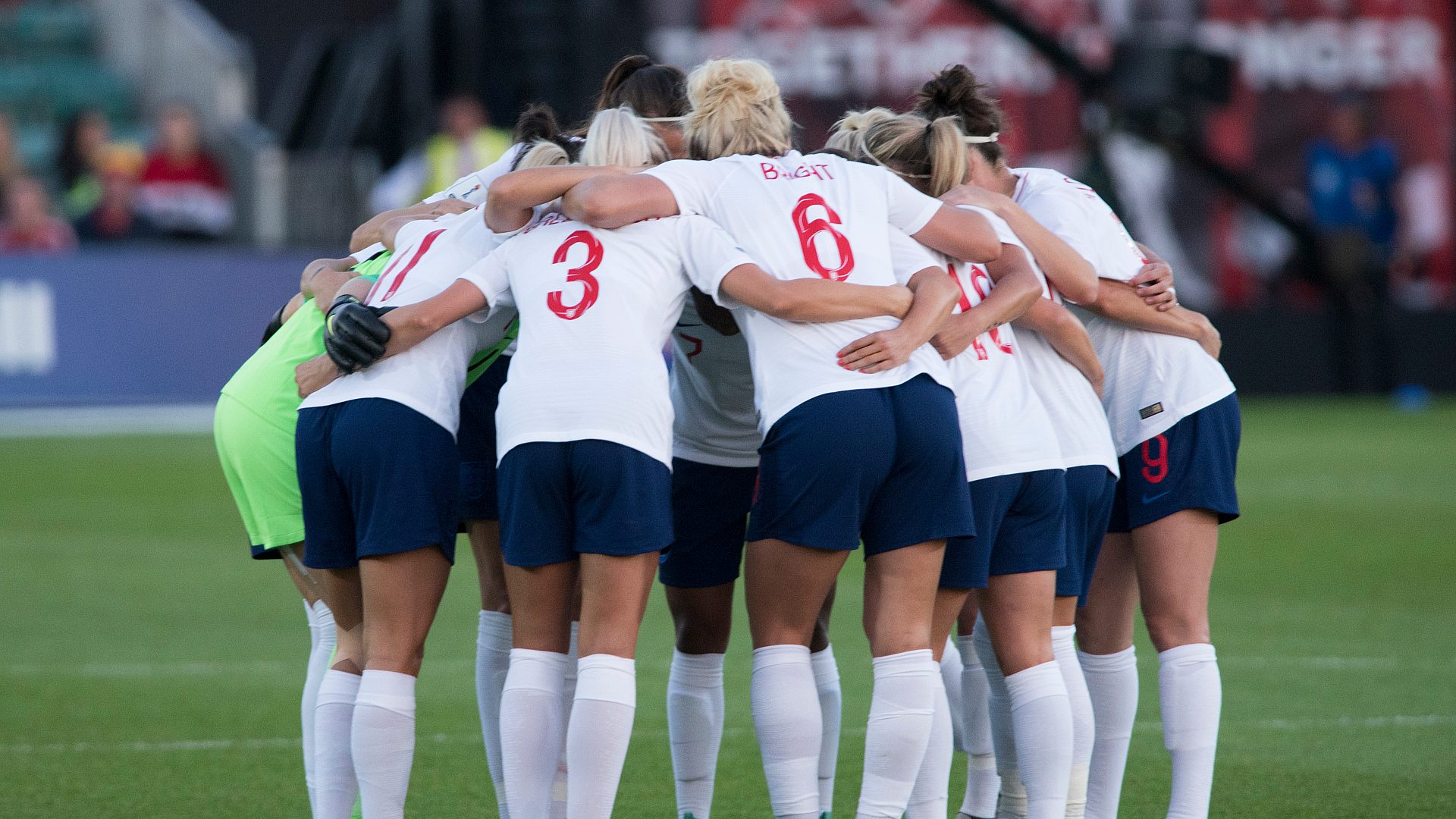Like many in the design profession, I attended the Stadium Business Design and Development Summit last month held here in AFL’s home city of Manchester. Such events are always a good stimulus for us to really reflect and think about what we are trying to achieve in our industry, discuss the innovations happening and share best practice - and so many of the speakers at the Summit really delivered on giving us this food for thought.
However, the one presentation that really resonated with me was Senior Facilities and Projects Manager for Women’s Professional Game at the FA, Hannah Buckley’s ‘A Memorable Year for Women’s and Girl’s Football’. I have written many times about how we have seen a seismic shift in the way we are designing stadia over the last few years. Far from the days of it being a man’s sport, the world of football, rightly so, has opened up to all genders, and is becoming more inclusive than ever before.
Hannah spoke of the 90,000 girls that had taken part in The FA’s ‘Let girls play’ biggest ever football season, the 30% increase in participation amongst girls 15-18 years old compared to Oct 21 and the 49,094 record crowd attendance for the 2022 Vitality Women’s FA Cup Final. All statistics which support what we are seeing here at AFL and that are shaping the briefs we are receiving from our stadia clients and the way we design stadiums. Yet, it is not just the players we need to think about when it comes to stadiums. Hannah also quoted the astounding 390% increase in female referees from Oct 21-22 and how the coaches working in affiliated female teams is up 75% compared to same point last year before the EUROs. With an 67% increase in schools now offering equal access through curriculum classes and 46% offering equal access through extra-curriculum classes, there is no doubt that this trend is only going to increase in the future.
So how is this phenomenal rise in women’s football shaping our stadiums? Flexibility is the key when it comes to the future of our sports venues. Thinking about how spaces might work for all demographics – whether that be age, gender or accessibility led – means that stadiums can be as welcoming and accommodating to a broader audience as possible.
In the past, stadiums have been designed by male architects for male players, male technical teams, male officials, male stewards, male journalists, and male spectators. This might mean a female referee has to change in a disabled toilet, or a non-binary spectator feel uncomfortable using facilities while at a match. This is all changing and for sport venues to future proof themselves facilities need to be inclusive to all. Gone will be the days of ‘family stands’, but all of the stadium will be ‘access all areas’ for those with children. Stadiums will soon stop being ‘gendered’ buildings that only reflect the masculism of the sport and the spectators to became much more inclusive and, somehow, democratic. And football will no longer be a women’s or men’s match but just ‘the beautiful game’.
